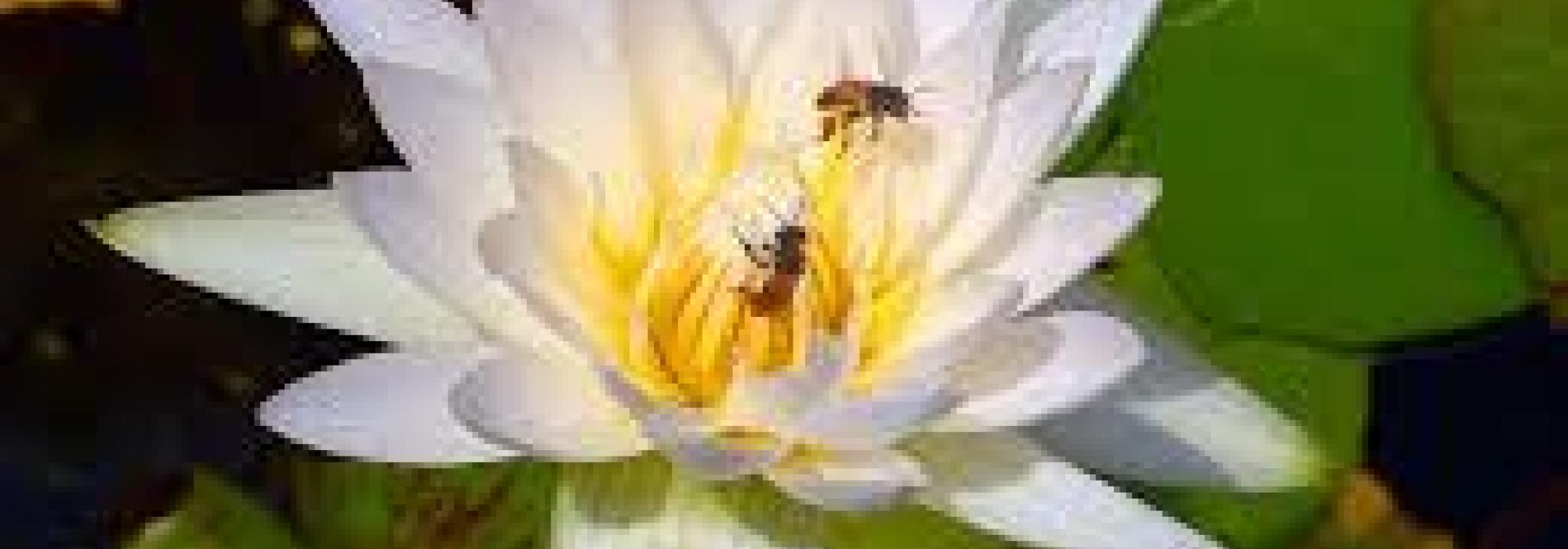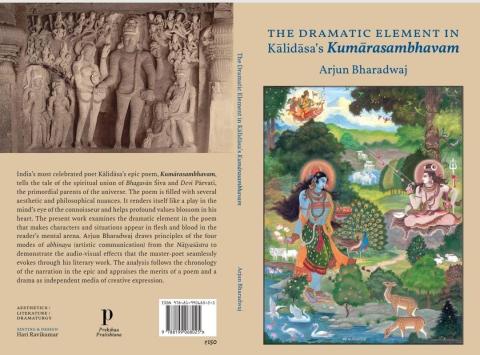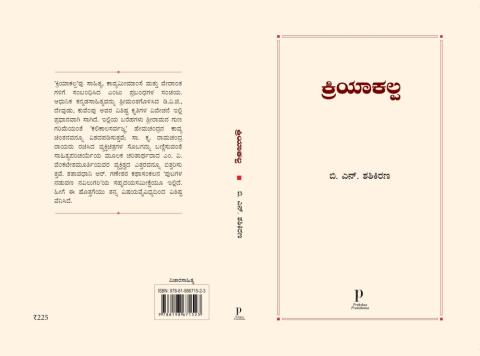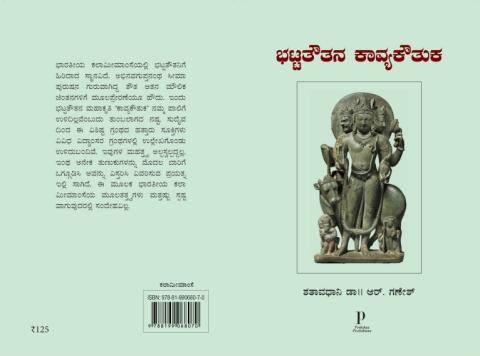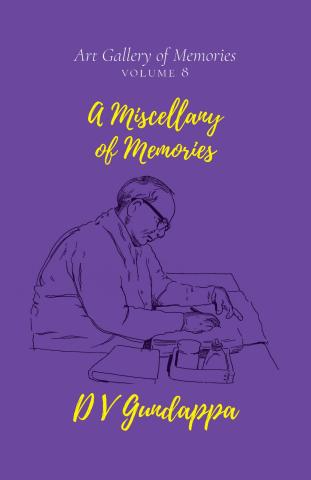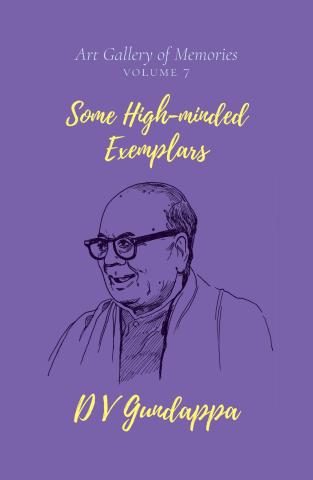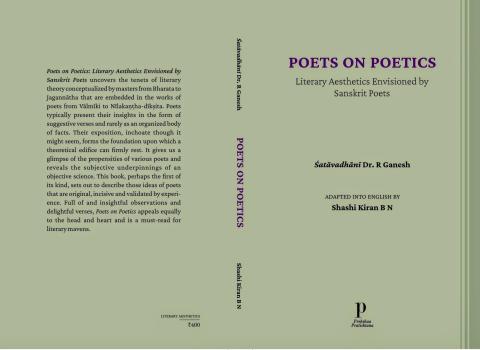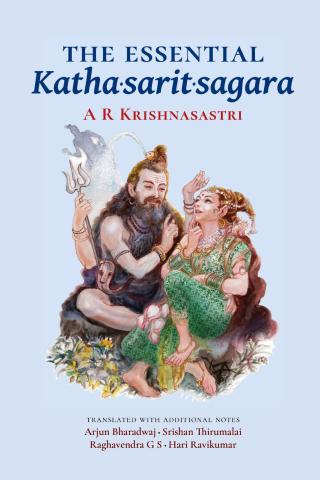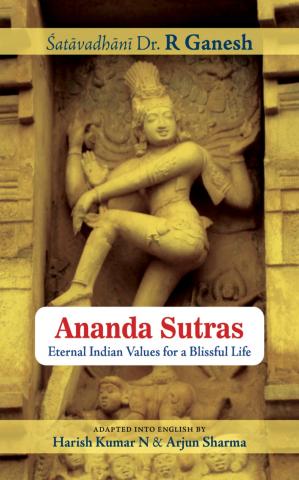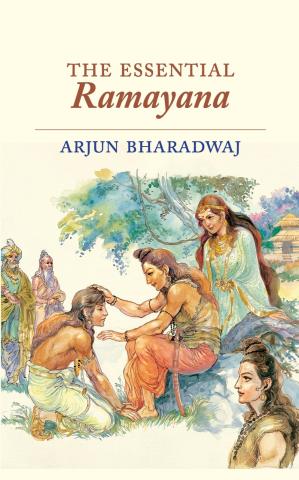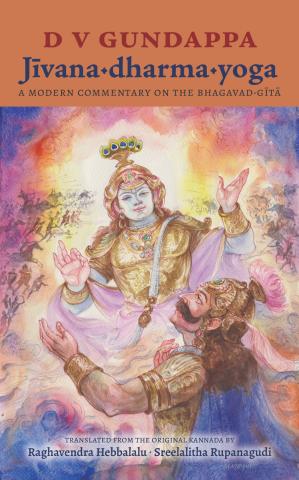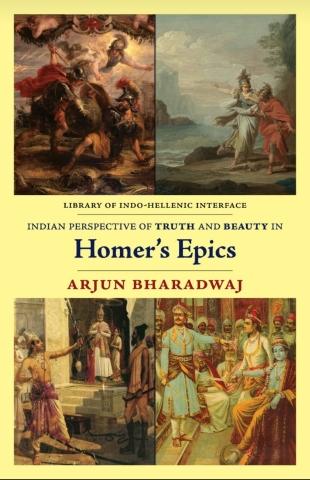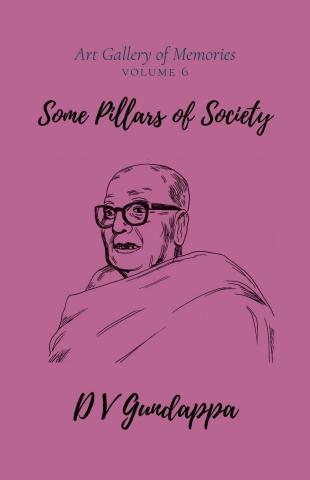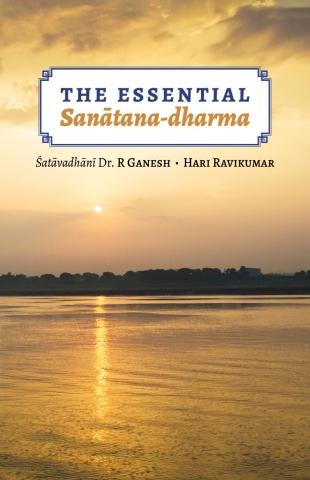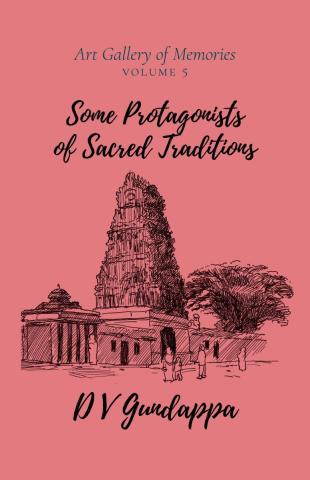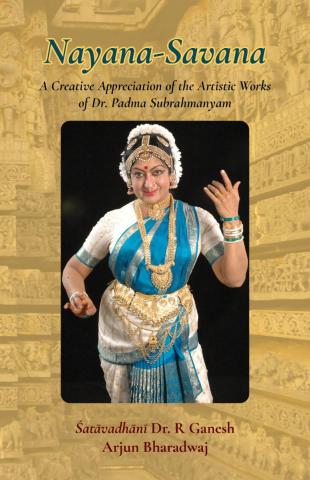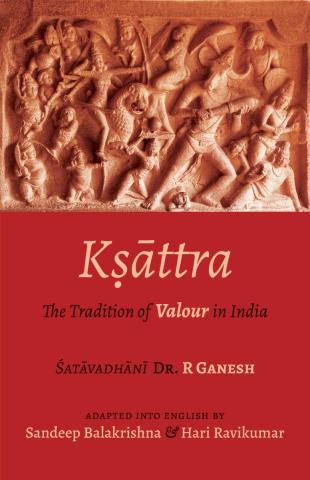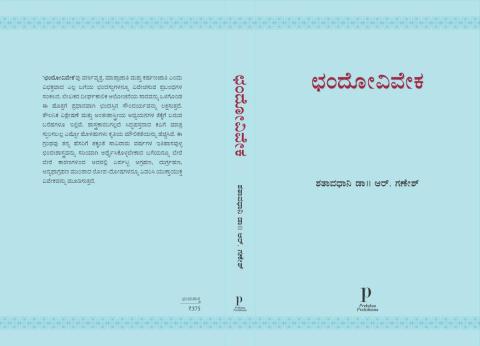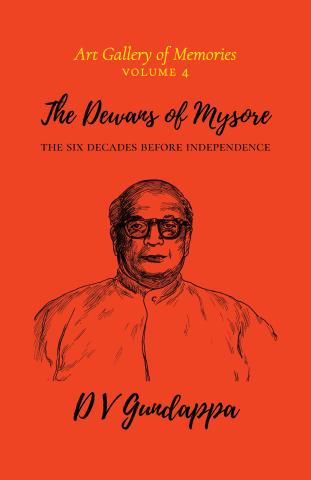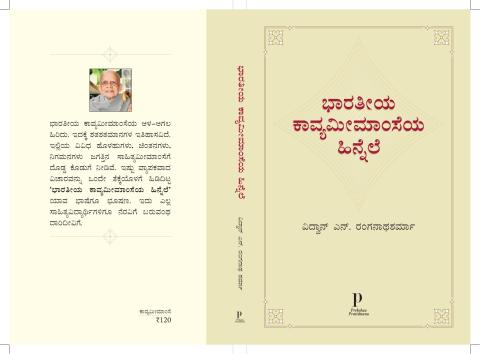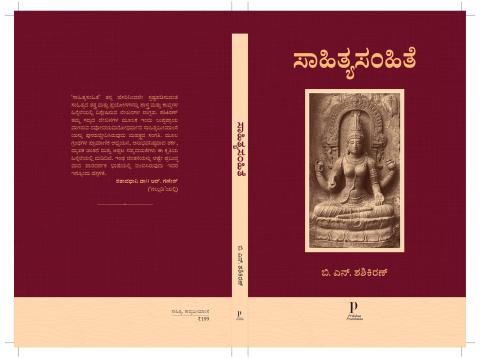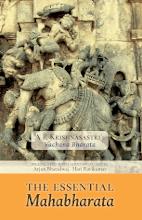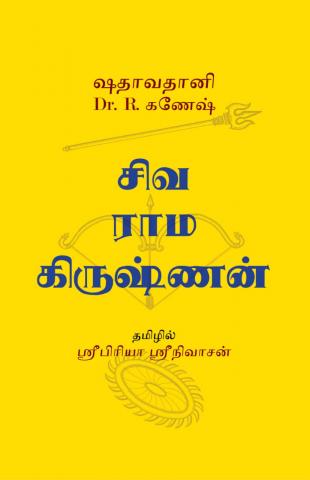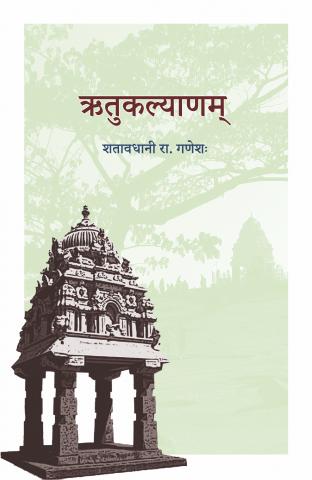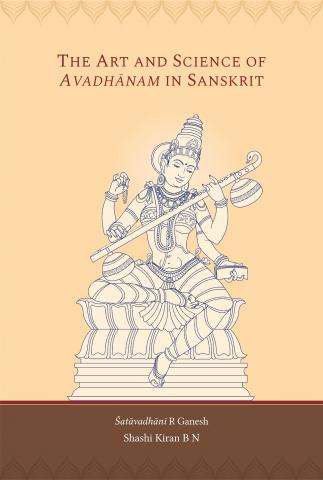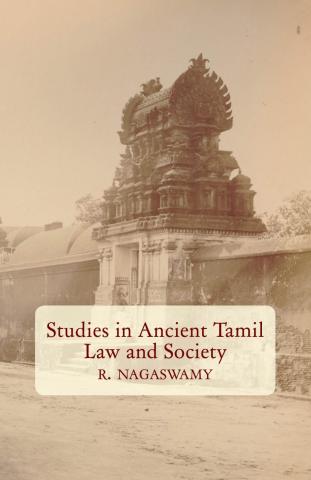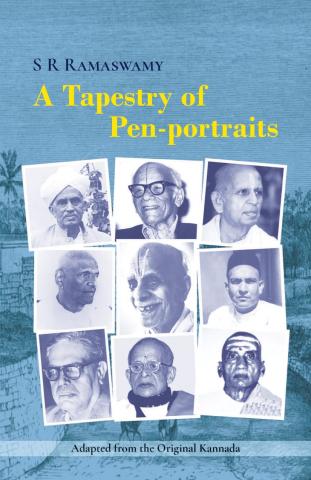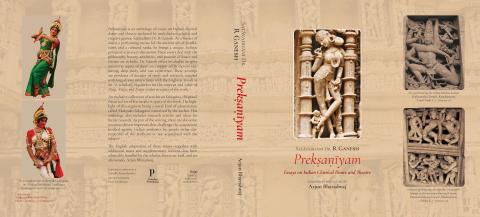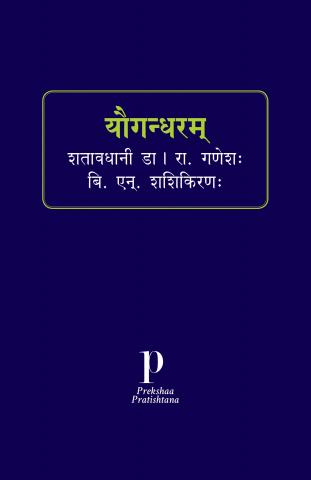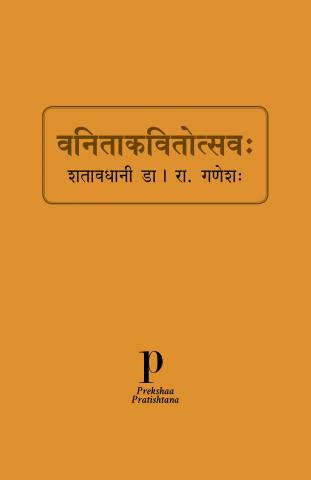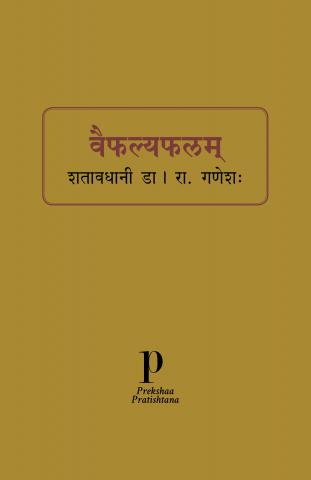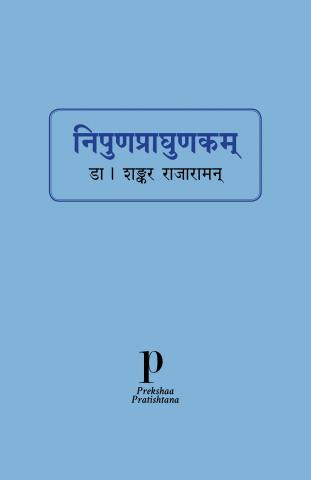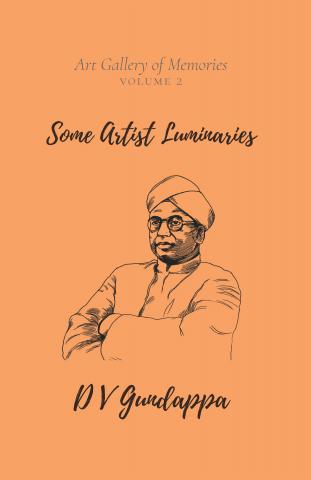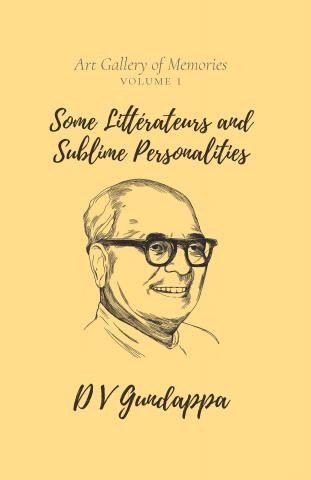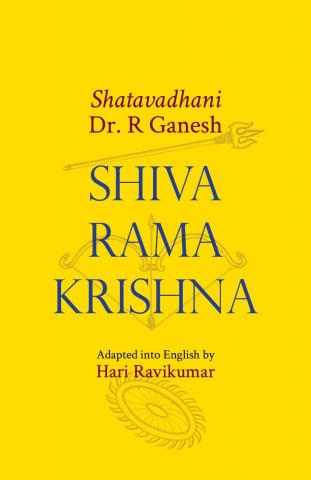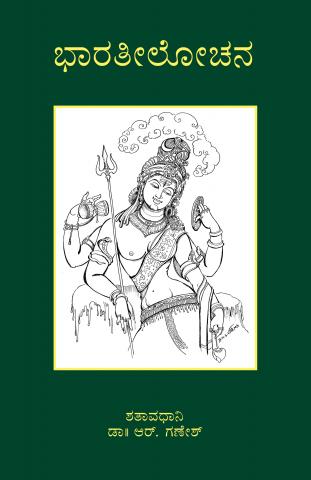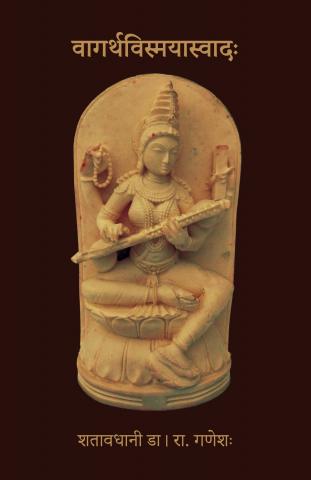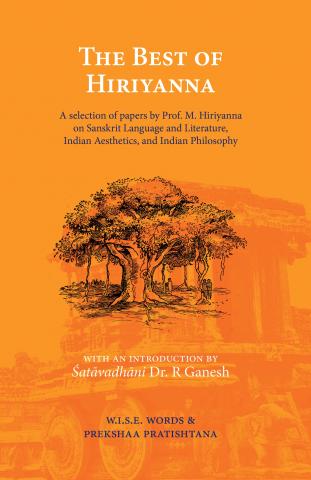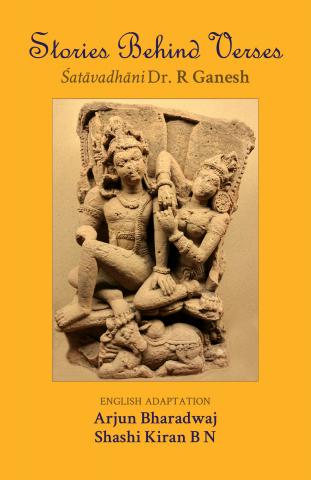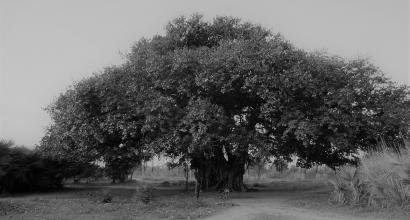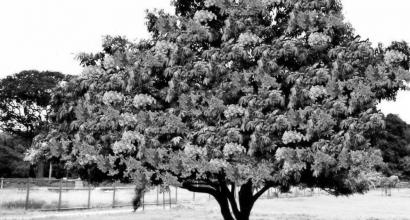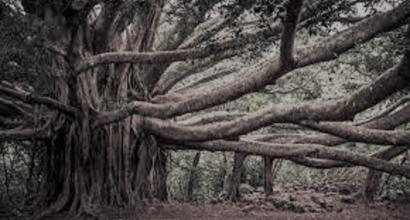बालेन्दुवक्राण्यविकाशभावाद्बभुः पलाशान्यतिलोहितानि ।
सद्यो वसन्तेन समागतानां नखक्षतानीव वनस्थलीनाम् ॥ 3.29
The poet continues to paint the āhārya with a similar technique as in the verses so far. However, here, he brings in a potential vibhāva on the ‘face’ of the spring-heroine (madhuśrīḥ). It can be seen here that while personifying an abstract entity like the Spring season, its gender can be adjusted as the imagery might demand. The poet has now started painting the picture of a female Vasanta. She is decorated with a black tilaka formed by the swarm of black bees and has ornamented her lips with red dye akin to the colour of the rising sun – her lips, here are the young (red) sprouts of the mango tree. These elements of ‘āhārya’ of the vasanta-lakṣmī can potentially act as uddīpana-vibhāva for ‘rati’ in another character.[1]
लग्नद्विरेफाञ्जनभक्तिचित्रं मुखे मधुश्रीस्तिलकं प्रकाश्य ।
रागेण बालारुणकोमलेन चूतप्रवालोष्ठमलञ्चकार ॥ 3.30
Kālidāsa, poetically superimposes all details of all the four modes of abhinaya on every other mode. For instance, in the verse 3.31, deer move helter-skelter and they have physically (emotionally) have lost sense of direction because pollen grains from the priyaṅgu trees have enveloped their eyes (just as love has enveloped their hearts). While the movement of the deer constitutes the āṅgika, the rustling of the falling leaves as they run around in confusion is the ‘vācika’ in the environment. The sattva of love is suggested by these. Thus, on the ‘āhārya’ (scenery) of the ‘bigger play’ of Kumārasambhava, the poet has added the elements of ‘āṅgika’, ‘vācika’ and suggested the ‘sāttvika’!
In the verse 3.32, the poet goes ahead to explicitly note the vācika of Smara (Manmatha) “तदेव जातं वचनं स्मरस्य” – He, who is born out of smaraṇa (thought, memory, emotion), smara too has an audible voice in the form of the sweet cooing of the cuckoos, which have nurtured their voices by feasting upon the tender sprouts of mango. This cooing can trigger the break-down of all borders (मान-विघात-दक्षं) of the proud and arrogant women (and let them become expressive in love). In other words, the cooing of the cuckoos acts as an uddīpana-vibhāva here.
Until this point, the poet has painted the scenery, having personified the directions, time, forest, animals and birds –in this order specifically. He now goes ahead to show the effects of the coming of vasanta, the associated vibhāvas and impact of Manmatha on the semi-divine women the - kiṃpuruṣāṅganās (the beloveds of the kiṃpuruṣas)
हिमव्यपादाद्विशदाधराणमापाण्डरीभूतमुखच्छवीनाम्।
स्वेदोद्गमः किंपुरुषाङ्गनानां चक्रे पदं पत्रविशेषकेषु || 3.33
Their faces are wet with perspiration (sveda - sāttvikābhinaya) – this is due to the ‘heat’ of the upcoming ‘season’ (of love!). The sweat is evidently present on their āhārya (facial decoration), smudging the delicate designs and colours. Yet another aspect worth noting is that – for these women, who have always lived in the snowy mountaintops, even the coming of spring can produce heat enough to make them sweat!
When such was the state of the environment and the kiṃpuruṣāṅganās, how did the tapasvins take it?
तपस्विनः स्थाणुवनौकसस्तामाकालिकीं वीक्ष्य मधुप्रवृत्तिम्।
प्रयत्नसंस्तम्भितविक्रियाणां कथंचिदीशा मनसां बभूवुः ॥
With the word ‘sthāṇu’, the poet captures the purpose of the ‘āśrama’ - a place where man overcomes the transitory features of the world by being immobile, both physically and mentally – in āṅgika and vācika. The residents are connected to their own sattva only.
However, when the āhārya, i.e., the entire world around them is in turbulence with the untimely arrival of spring, they had to put great efforts to remain under the control of their minds. Before the coming of Manmatha, the environment was full of snow – frozen water – a static environment where every fluid feezes – a place where all dynamism needs to be put under check. The tapasvins were engrossed in themselves back then, until the environment lost control over itself! Āhārya can have a large bearing on sāttvika, after all!
तं देशमारोपितपुष्पचापे रतिद्वितीये मदने प्रपन्ने।
कष्ठागतस्नेहरसानुविद्धं द्वन्द्वानि भावं क्रियया विवव्रुः | 3.35
Manmatha arrives at the spot with his beloved Rati. He is well equipped – with his floral ‘weapons’. His coming, as though the presence of Vasanta wasn’t sufficient, lets love penetrate all beings – they all formed couples and got into ‘action’.
मधु द्विरेफः कुसुमैकपात्रे पपौ प्रियां स्वामनुवत्रमानः।
शृङ्गेण च स्पर्शनिमीलिताक्षीं मृगीमकण्डूयत कृष्णसारः ॥ 3.36
Nature is animated and personified to every detail. Two bees sip nectar from a common bowl of lotus. A female fawn (black buck) rubs the tender portions below her eye against the stationary, but sharp horns of a stag – she does so with a sense of confidence in her beloved and has her eyes closed in comfort – an unconditional trust she has got in the male. The male deer needs to remain as static as possible – if not, the female will lose her sight by getting pierced by the horns!
Elephants, cakravākas and the other animals too take to love-sports. It is interesting to note that Kālidāsa describes the coupling in nature only on the arrival of sthāyi-bhāva and only describes a sort of ‘preparation for the love sport’ in the verses prior to the coming of Rati. It is as though, the stage is getting prepared for the grand entry of the hero and the heroine..[2]
There is music in the atmosphere – that produced by the Kinnaras. In the interludes of a certain Kinnara's music, he also makes merry with his beloved by kissing her. It was not just the female who is perspiring, the male too is and this causes the decorations on his face get smudged. His eyes are rolling as well, as he is intoxicated with wine that has been extracted out of flowers. In this description, sveda an aspect of sāttvikābhinaya, gīta an aspect of vācikābhinaya, āṅgika of kissing and rolling of eyes and and āhārya of the patra-lekha are brought in by the poet. A single verse captures all the elements of caturvidhābhinaya. As is true with all works of Kālidāsa, he helps us connect through several organs of sense.
To be continued...
Footnotes
[1] Interestingly, the elements of āhārya, which are supposed to provide the backdrop (scenery, sets) are themselves pictured as a heroine. This heroine has her own aspects of āhārya, āṅgika and sāttvika. These together work towards bolstering the uddīpana-vibhāva. This oblique way of picturing the backdrop is hard to be brought out in a nāṭya, as the sets are readily present before the eyes of the viewer. An artiste performing stylized nṛtya will need to put in quite some efforts to bring this effect of animating the āhārya. In a kāvya such as the current one, the poet can trigger different kinds of sensory imagination in his reader – the scenery is constructed in the mental arena of the connoisseur as per his own conditioning.
[2]The effect of these stylized verses can only be brought out through nṛtya filled with nāṭya-dharmī. Directing efforts in bringing this through nāṭya filled with loka-dharmī is only futile – certain subtilities and imaginative liberties are lost when emotions, characters and events are portrayed in absolute loka-dharmī..

